Best on-camera monitors: external screens and video recorders for filmmakers
The best on-camera monitors help you see what what you're filming and some even let you shoot in better codecs

If you've just started out in video, on-camera monitors may seem like a luxury. Experienced videographers will tell you otherwise.
Also known as field monitors, some of the more high-end on-camera monitors not only increase the size of your display but can improve your camera's video functionality. For example, when shooting with a Panasonic Lumix S5 and an Atomos Ninja V external recorder, you can shoot 12-bit RAW instead of 10-bit 4:2:2 with its internal recording option. On-camera monitors are also great additions if your camera lacks features such as a fully articulating screen - the Blackmagic Pocket Cinema Camera 6K being one example.
Even if you have features turned on like focus peaking, zebra lines, and false colors, an on-camera monitor lets you apply frame monitors which can reveal flickers that smaller monitors might not. They also enable you to proof content and show other people on set without having to cram around a small screen.
In this list, we run through the best external monitors and video recorders around, so you can get the big-picture experience before you hit your editing suite and it’s too late to re-shoot.
The Quick List
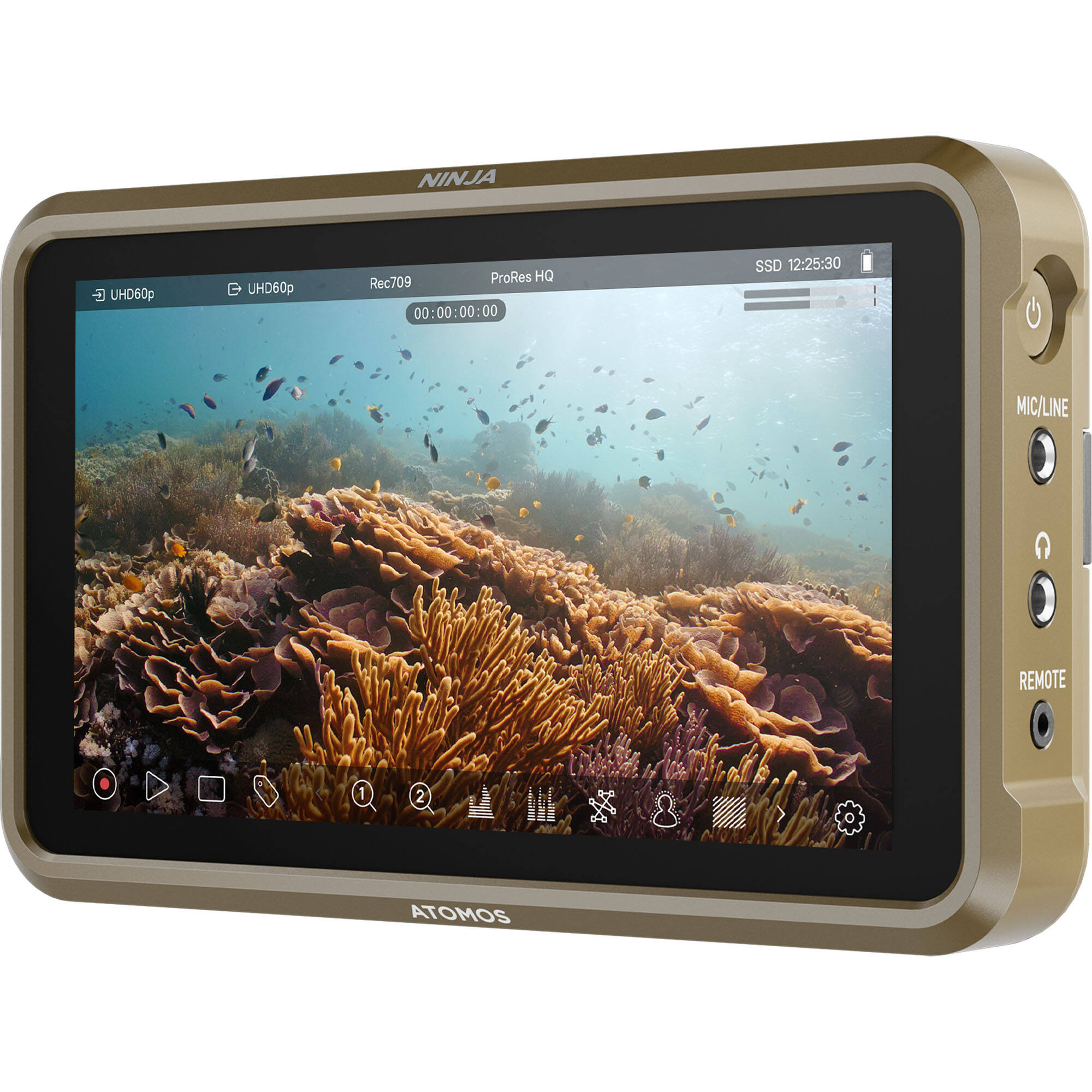
The performance you get for this price is absolutely unrivalled. A beautifully calibrated 5.2-inch HDR display gives an incredible output.
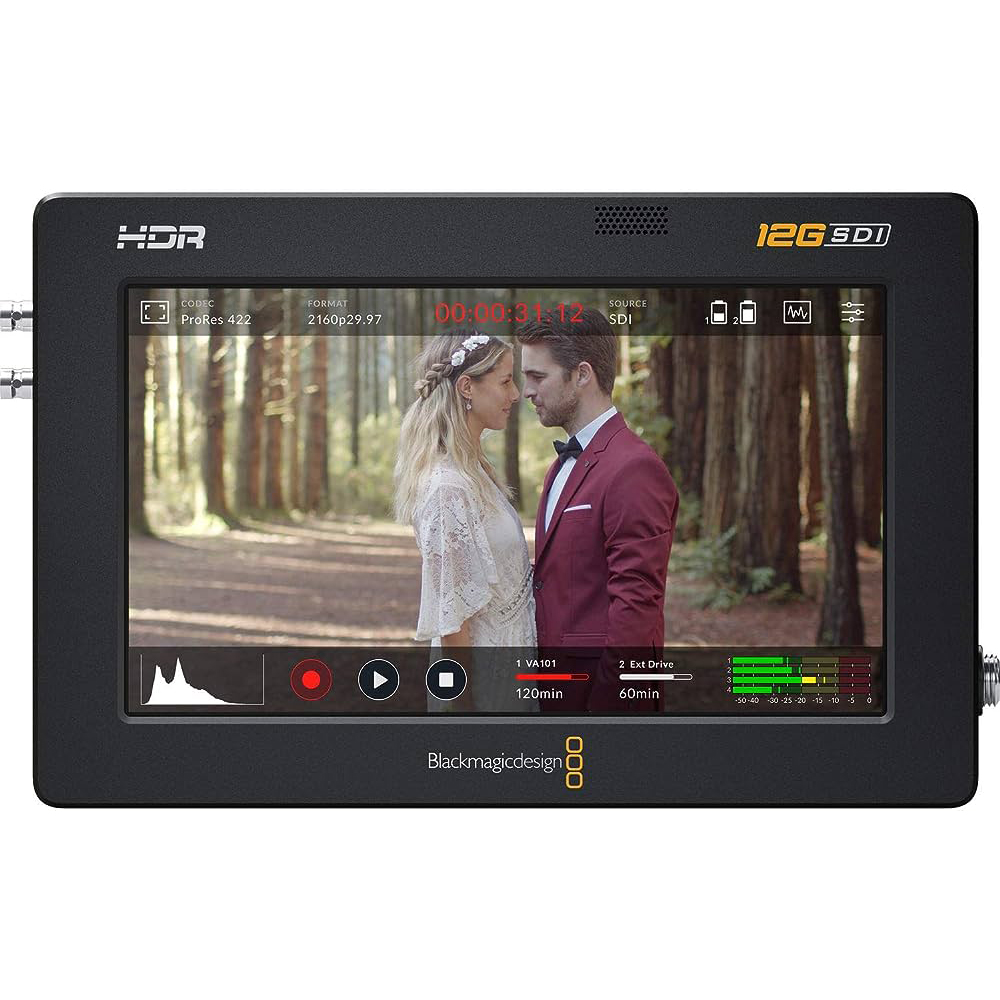
If you need a monitor that can capture Blackmagic BRaw then this is the best monitor available to you.
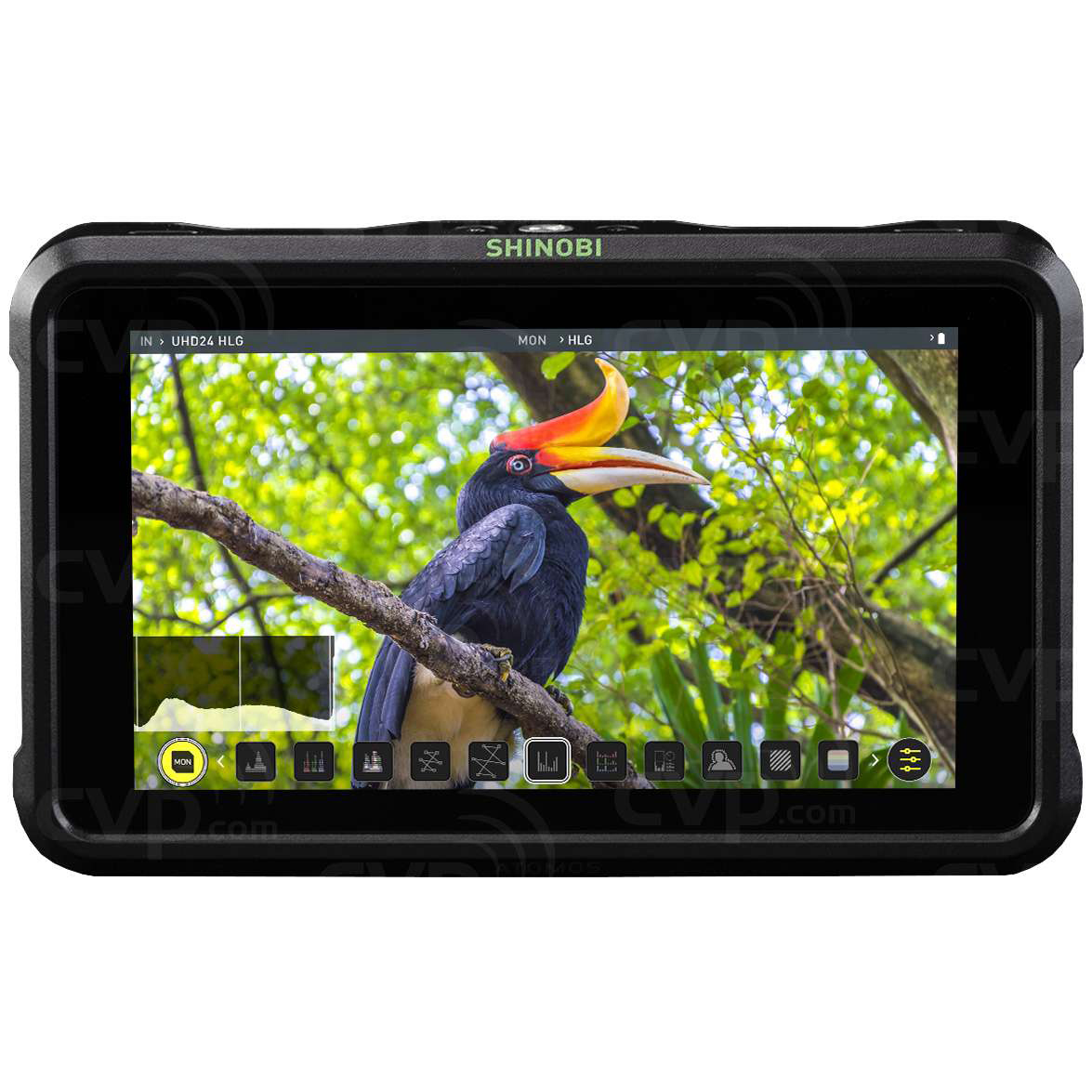
A great option for those who want the simplicity of an external monitor without the luxury of recording features.
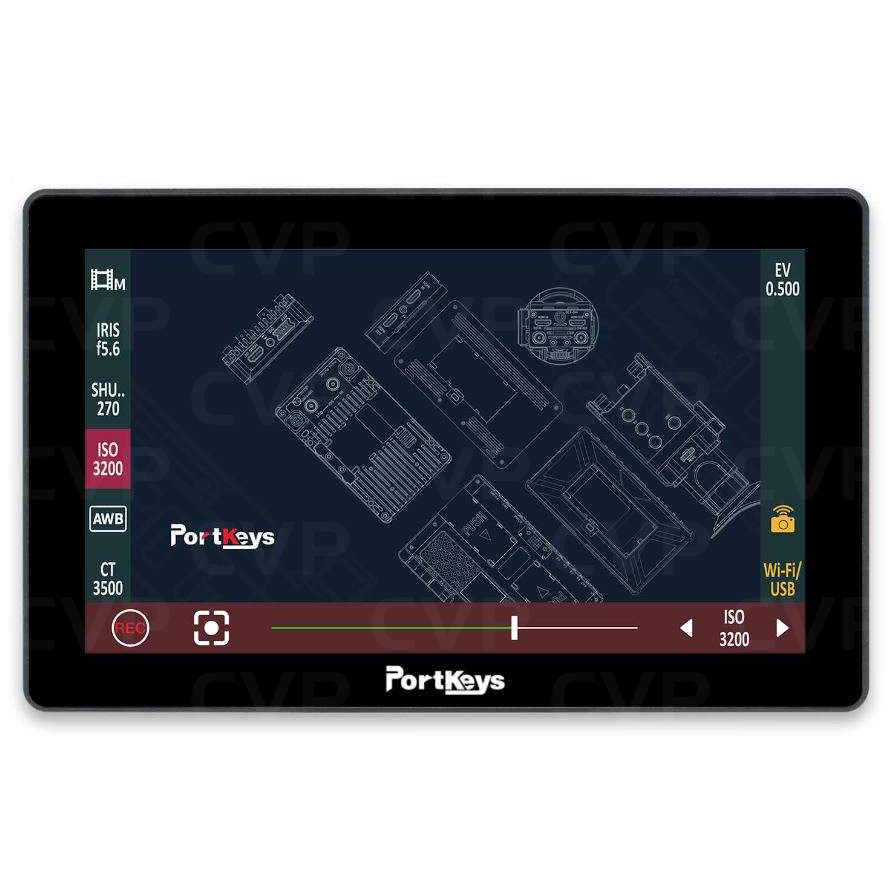
This great package is perfectly priced for those looking to enter the market and is built to withstand the vigorous day-to-day life of a filmmaker.
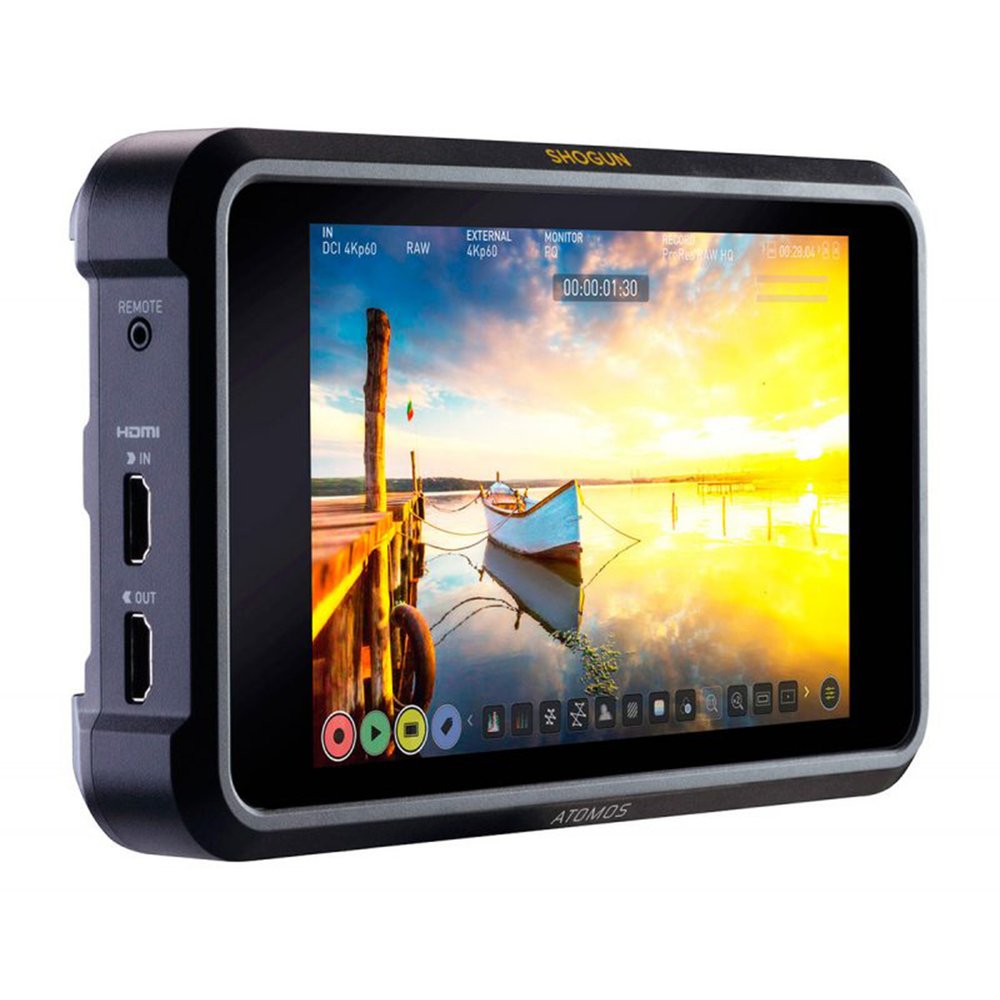
Having more screen real estate really helps to see more when you're on-set. Give up squinting with this beautiful 7-inch monitor.
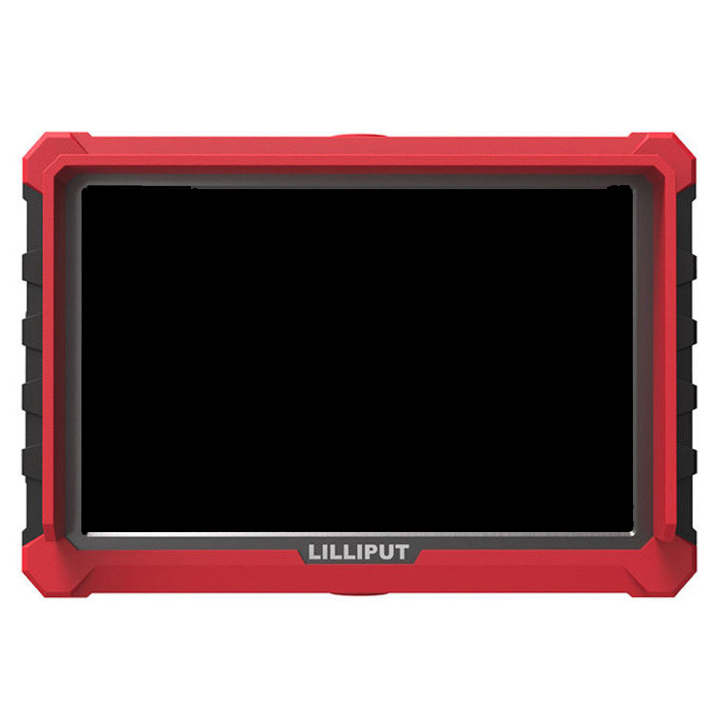
The Lilliput A7s is a great alternative to Atomos, especially if money is a little tight but you really can't be without an external monitor.
Best on-camera monitors
Why you can trust Digital Camera World
Best on-camera monitor overall
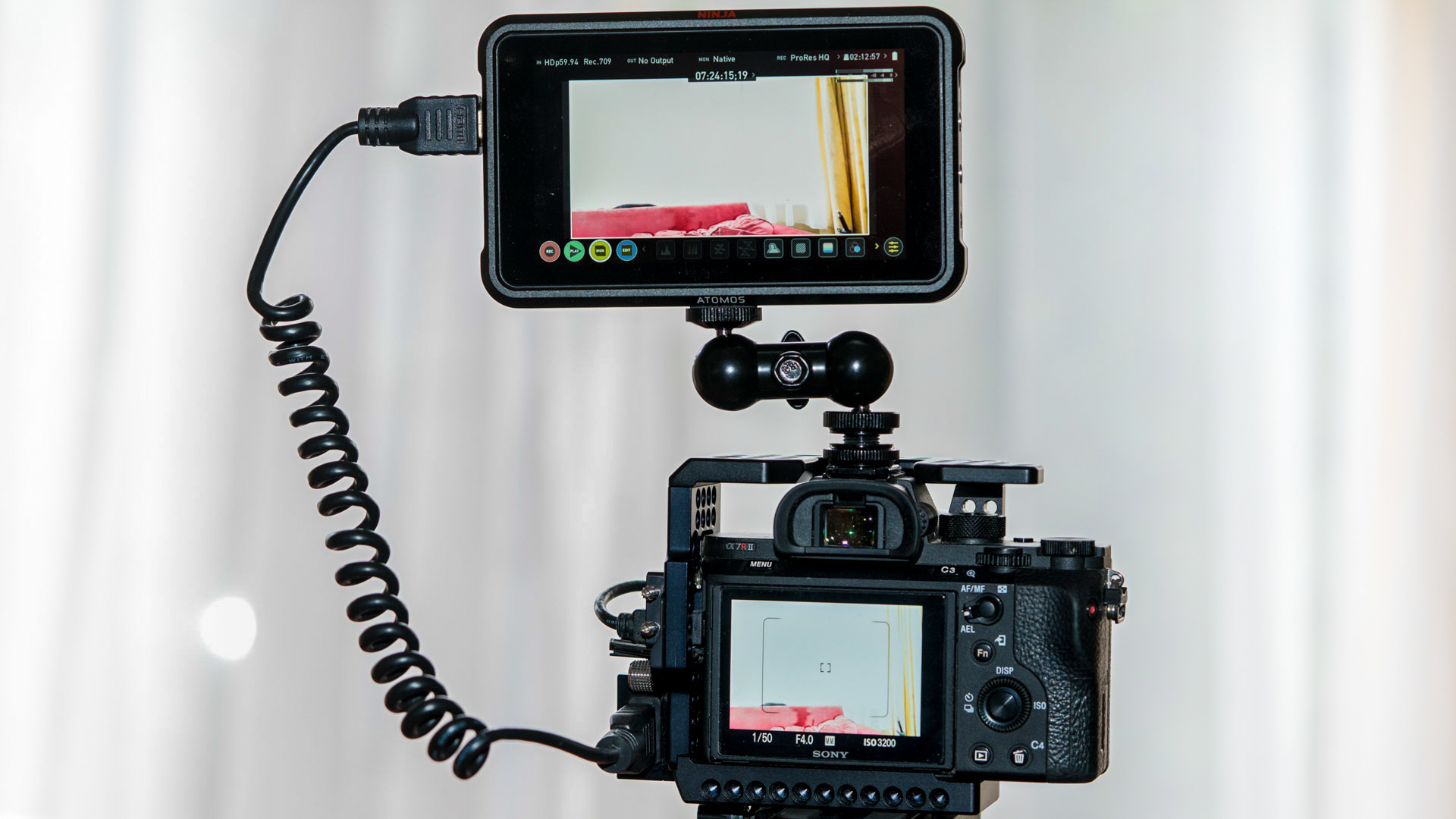
Specifications
Reasons to buy
Reasons to avoid
The Atomos Ninja has become pretty much the industry standard in monitor recorders. It's a popular choice among both budding and professional videographers and filmmakers thanks to its beautifully calibrated 5.2-inch HDR display and its ability to support 4K 60p ProRes HQ, H.265, 4:2:2 ad DNxHR.
The Ninja will also support 6K Apple ProRes RAW with select cameras. Other features include pro-level monitor tools such as waveforms, false colors, HDR monitoring, and LUT support.
If your camera doesn't support 4K, the Ninja might be a bit overkill as you won't make the most out of the features you're paying for. If you're just after a monitor so that you can view your video easier, the Atomos Shinobi would be a better option and it will save you money.
Alternatively, if you're shooting some serious projects and need something even bigger, the Atomos Shogun which appears later in this list sports a massive 7-inch screen, perfect for use with the best cinema cameras.
Read our full Atomos Ninja review for more details
Best external monitor for Blackmagic RAW
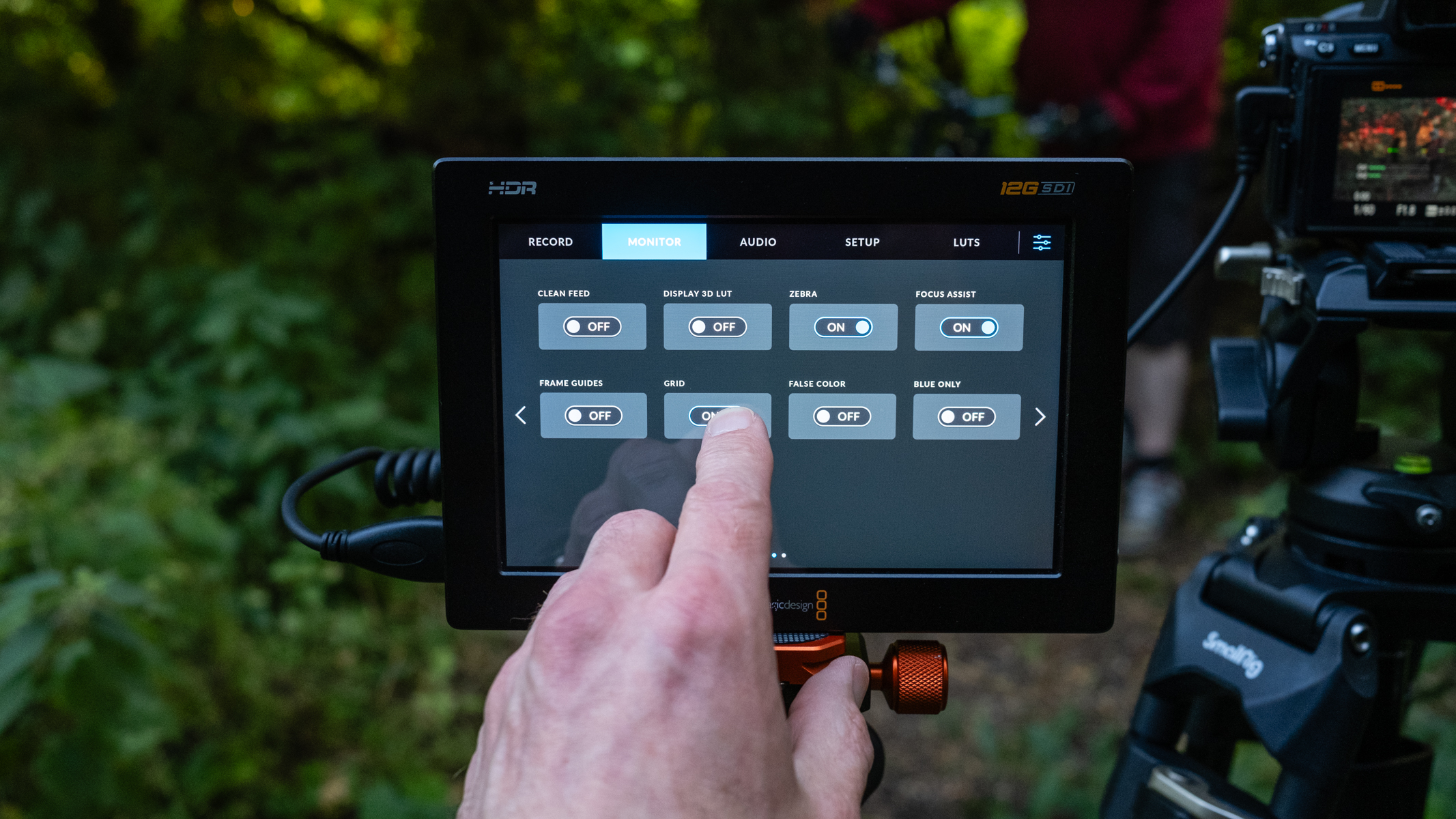
Specifications
Reasons to buy
Reasons to avoid
Size may not be everything, but the Blackmagic Video Assist 7 12G HDR boasts a sharp and vibrant 7-inch touchscreen that's an absolute delight to use. With its large, clear display and up to 2500 nits of brightness, it's hard to imagine going back to a standard 3-inch camera screen.
In addition to the user-friendly interface, the built-in scopes for exposure and focusing assessments make achieving precision a breeze. Furthermore, it offers the capability to record up to 4K 60fps broadcast quality Raw footage with the option to overlay or hard-code LUTs into Blackmagic Raw. While there's a lot to love about this device, it may not be suitable for everyone.
The 7-inch monitor adds significant weight when combined with lenses, a camera cage, and other accessories attached to your camera. For those who find this setup too cumbersome, there's a 5-inch version – the Blackmagic Video Assist 5 12G HDR – which is ideal for run-and-gun handheld shooting, where size and weight are key considerations.
Read our full Blackmagic Video Assist 7 12G HDR review for more
Best on-camera monitor for monitoring only
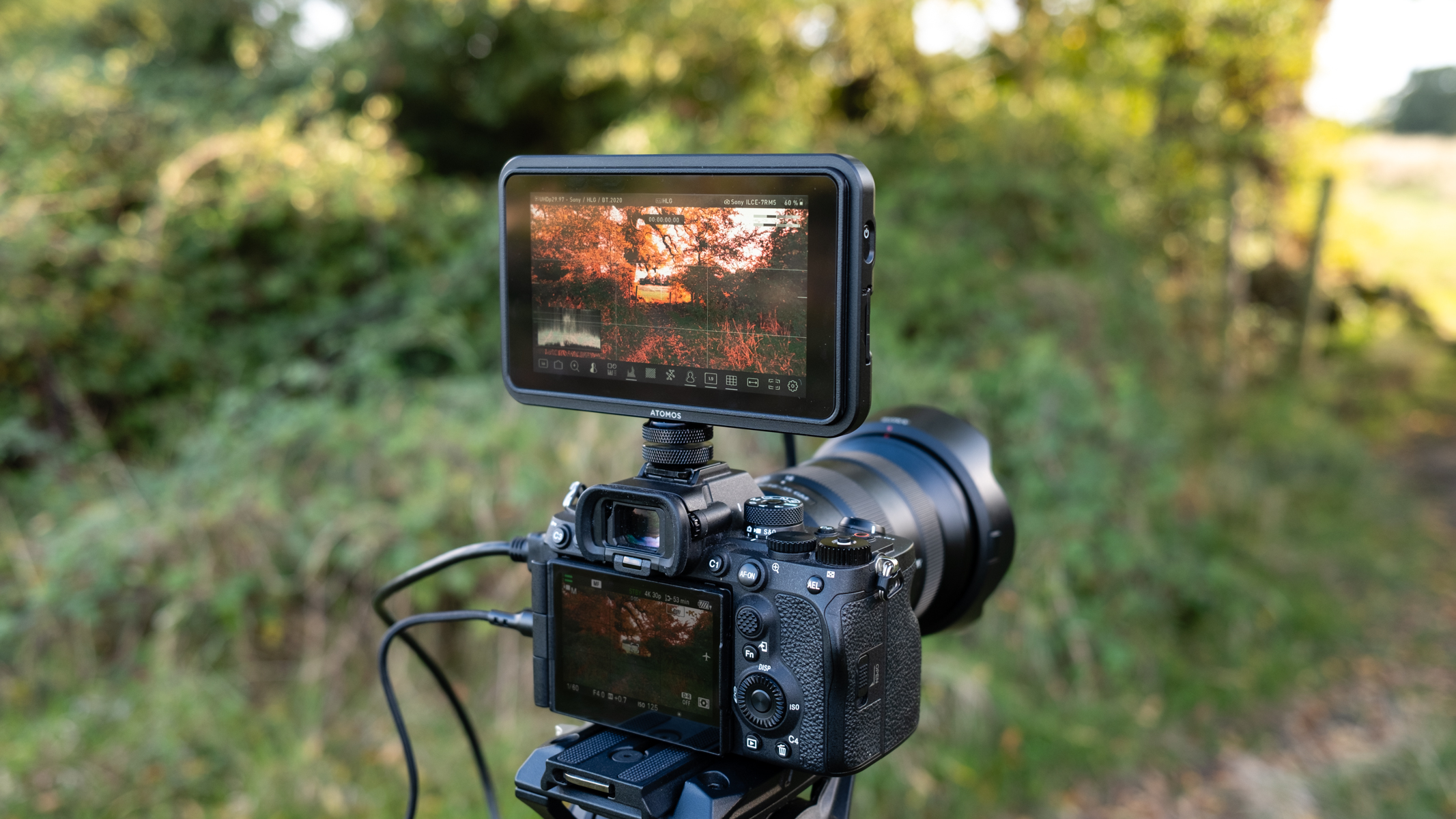
Specifications
Reasons to buy
Reasons to avoid
If you're just looking for an external monitor and don't need recording capabilities, the Atomos Shinobi delivers the display quality of the Atomos Ninja V but at a fraction of the price. It's the perfect choice for vloggers who shoot with a camera with limited screen articulation such as the Sony A7 III or the Blackmagic Pocket Cinema Camera 4K which has a fixed display.
You can easily view waveform and histogram information thanks to its intuitive menu. With its centrally mounted battery, the Shinobi is nicely balanced which is perfect for when you need to shoot with a gimbal.
Whether you're a photographer or videographer, the screen on the Shinobi will be able to accurately display HDR pictures which a camera's native screen won't be able to do. The standard model comes with HDMI connectors (although you will have to supply your own HDMI cables) but you can choose to go for the Atomos Shinobi SDI which has lockable SDI sockets.
Read our full Atomos Shinobi II review
Best on-camera monitor for beginners
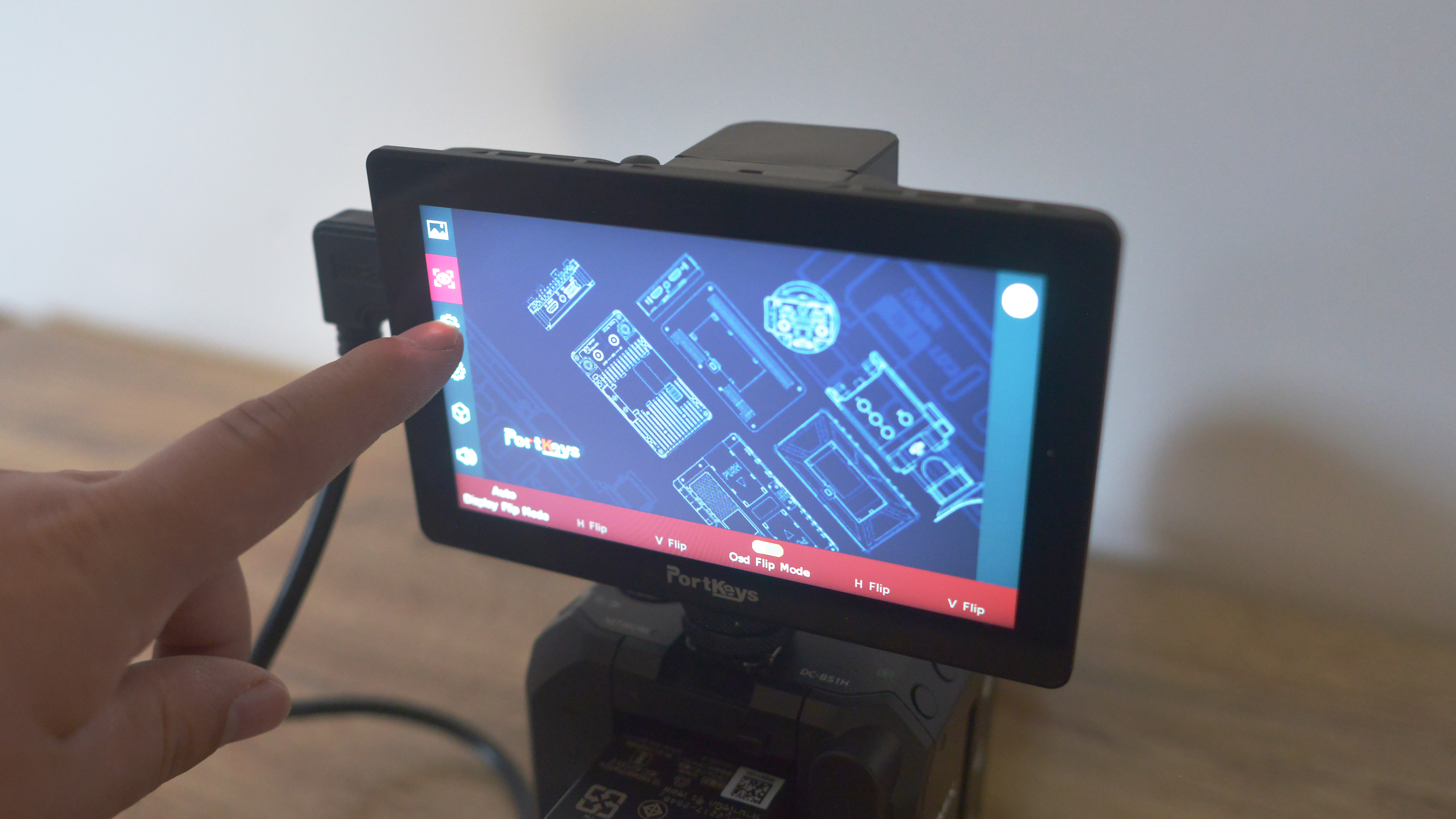
Specifications
Reasons to buy
Reasons to avoid
With the built-in camera control for various Canon, Sony, Panasonic, Blackmagic, and even Z Cam cinema cameras, this is a great option for anyone wanting a monitor that will help a filmmaker get the shot and be a very helpful visual aid in the composition process.
For a reasonable price, you get a great package that is built to withstand the vigorous day-to-day life of a filmmaker while on set, in the studio, or for on-the-go shooting.
Paired with a tough travel case for ease of transport between shoots, great monitor features, and the ability for onboard audio monitoring, the PortKeys LH5P II is a great 5.5” monitor for anyone looking to up their game in the cinematography world.
Read our full PortKeys LH5P II review for more details
Best on-camera monitor for pros

5. Atomos Shogun 7
Specifications
Reasons to buy
Reasons to avoid
This is essentially the 7-inch version of the Atomos Ninja V and is the perfect solution for those who need an external video recorder with a large built-in screen for monitoring footage. Offering real-time recording to 4K formats including ProRes RAW and CinemaDNG, the bigger screen will help you monitor the footage better – allowing you to check focus precisely right across the frame.
You can also monitor exposure accurately, thanks to built-in presets that allow the screen to give an accurate translation of the camera manufacturer's Log video formats. With a bright 1500nit and over 15 stops of real dynamic range, this screen is suitable for use on location as well as in studio settings. This a powerful unit for both cinematographers and multi-camera streamed productions.
Best on-camera monitor for budget

6. Lilliput A7s
Specifications
Reasons to buy
Reasons to avoid
If you want the most affordable big-screen option around, then the Lilliput A7s offers sensational value, ingesting 4K content despite costing less than £200. It includes all the overlays and features you’d expect from an external monitor like focus-peaking, levels, histogram, and more. In the box, the A7s come with a silicone case for added protection, a sun hood, and a sturdy metal ball mount.
Unlike the pricier monitors in our list, its screen isn’t touch-sensitive, so all interaction relies on the buttons, though thanks to an ergonomic scroll wheel, it doesn’t feel too cumbersome. In turn, if you’re okay with old-school inputs and want the biggest screen-to-dollar ratio to proof your footage or photos, the Lilliput is a no-fuss option that’s both functional and affordable
Best budget on-camera recorder
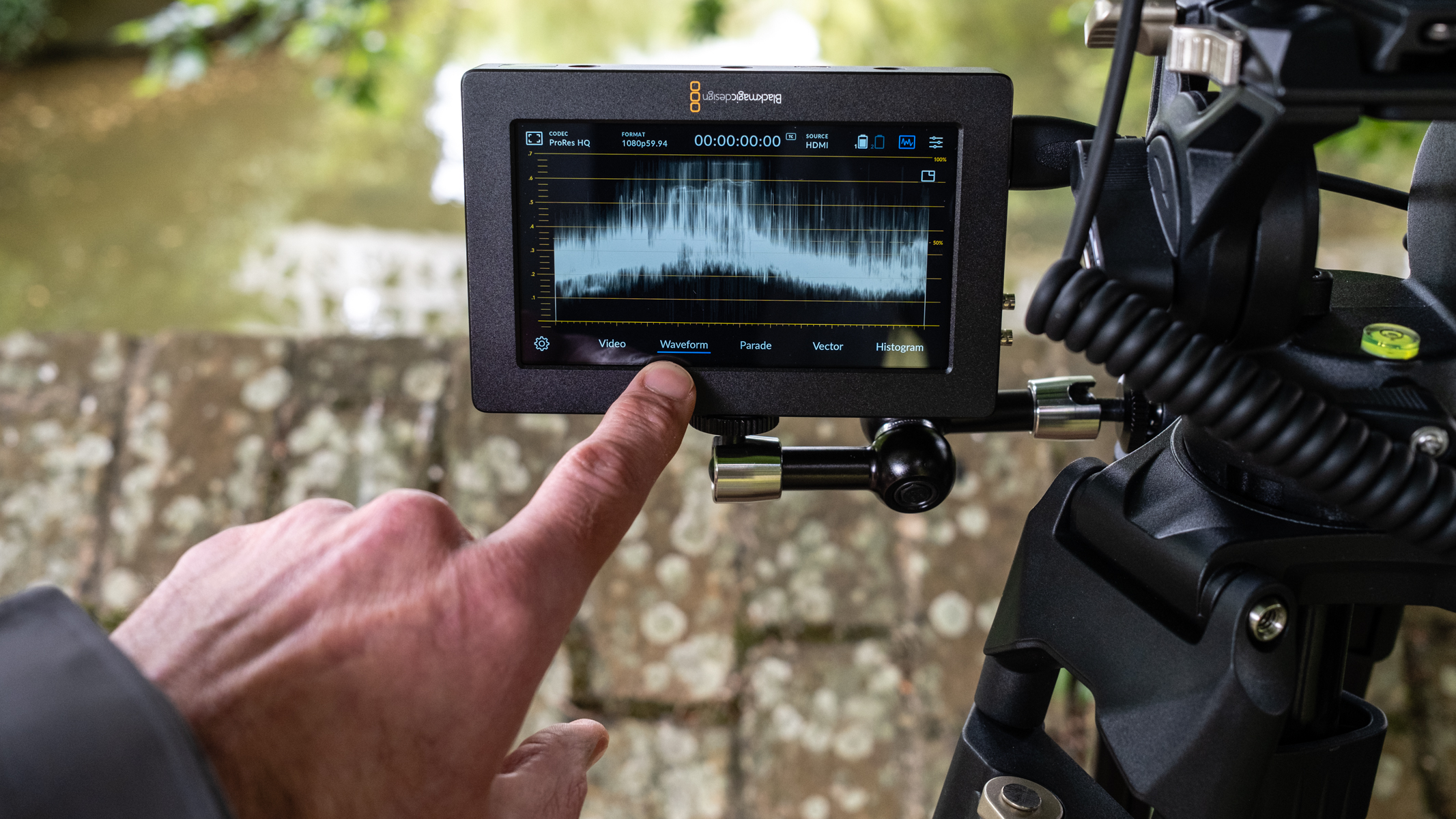
Specifications
Reasons to buy
Reasons to avoid
The Blackmagic Video Assist 5 3G is definitely a solid monitor with excellent build quality and a significant upgrade from the typical 3-inch LCD screens found on most cameras. The larger 5-inch screen greatly enhances focusing, composition, and exposure adjustments.
However, it's worth noting that the monitor's limitation to 1080p video capture might be a setback for some, especially in the current era where 4K has become the standard for many high-end productions.
Nevertheless, for individuals primarily working with 1080p video, the monitor remains a compelling option, especially with its ability to capture Raw video footage. Nonetheless, it's important to acknowledge that the resolution limitation might make the Video Assist 5 3G feel somewhat outdated, so considering a more advanced and pricier model could be a wise move for seasoned users and industry professionals looking to future-proof their equipment.
Read our full Blackmagic Video Assist 5 3G review for more
Best for tilt arm
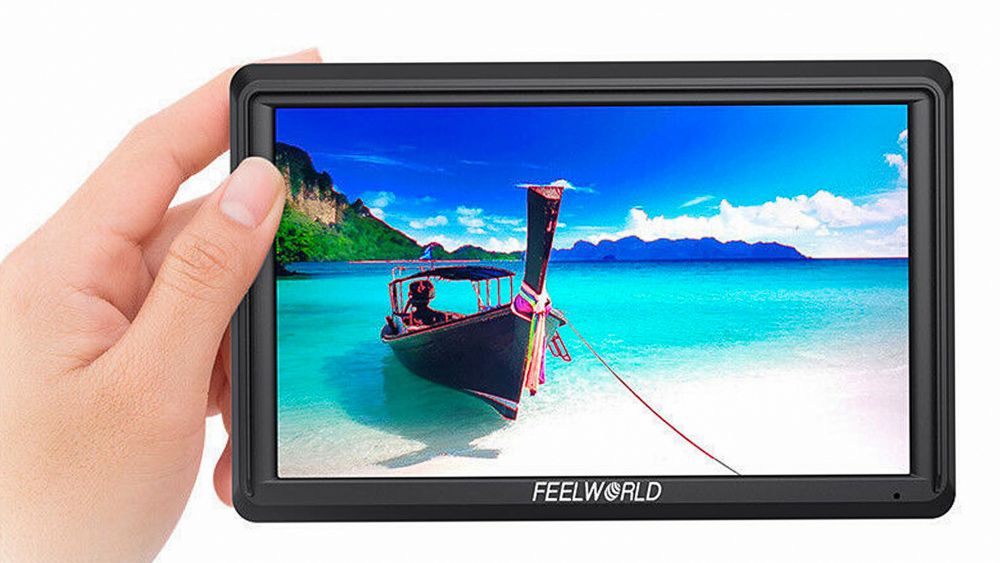
8. Feelworld FW568
Specifications
Reasons to buy
Reasons to avoid
The most affordable monitor we’d recommend is the Feelworld FW568 5.5, a compact monitor capable of displaying 4K content on its 500-nit Full HD display. Complete with a sun shade and tilt arm in the box, at under $200/£200, it represents fantastic value. Just like the Lilliput A7s, with no touch display, it’s less intuitive for indoor shoots, but the benefit of buttons can’t be overstated when out and about and shooting with gloves on.
Additionally, the FW568 has plenty of tricks up its sleeves, from the histogram, false color, and exposure-peaking overlays through to an Anamorphic mode and a headphone output. Weighing just 175g, its plastic construction doesn’t feel super-premium, but the low weight does make this monitor a great addition to a run-and-gun gimbal setup.
How to choose the best on camera monitor
As you'd expect, there are a number of different factors that contribute to the decision-making process. The first is the size of the monitor, with most in the range of 5 and 7 inches. Generally, the larger the screen, the heavier your setup is going to be. That brings me to the second consideration, that of weight. If you are a pure run-and-gun, then pick a super lightweight option, as you don't want to carry around any unnecessary weight.
Not all monitors let you record from the device itself, so if that's important to your workflow, then make sure this is included.
Why should i both with an on-camera monitor?
These types of external monitors provide so many additional benefits. More often than not, they are larger than the display on your video camera, so instantly you'll be able to see your work in greater detail. This provides the added benefit of being able to focus on objects more accurately. It is also possible to notice issues with the shot before it's too late.
Does it matter what video my camera outputs?
Yes. It absolutely does. Your camera output and the monitor input must match. This includes both the resolution of the video and the frame rate you're recording at. If, for example, you do a lot of slow motion videography but you buy a monitor that can only display up to 30 frames per second, then you're not going to be able to see your work accurately.
How we test on camera monitors
We look at three key elements when reviewing on-camera monitors, including key features, build and handling, and performance.
By looking at the key features first, we're able to see what sets each monitor apart from its rivals. Every company is looking for an edge to be first in people's hearts and minds, so considering these first is important.
We then move on to the quality of the actual unit itself. Monitors need to be rugged and robust, so we're taking the time to check what the build quality is like and whether it'll stand the test of time.
Finally, we obviously want to assess the ability of the monitor to perform as it should. This involves using the monitor in real-world situations and using all its features.
Get the Digital Camera World Newsletter
The best camera deals, reviews, product advice, and unmissable photography news, direct to your inbox!
Ben is the Imaging Labs manager, responsible for all the testing on Digital Camera World and across the entire photography portfolio at Future. Whether he's in the lab testing the sharpness of new lenses, the resolution of the latest image sensors, the zoom range of monster bridge cameras or even the latest camera phones, Ben is our go-to guy for technical insight. He's also the team's man-at-arms when it comes to camera bags, filters, memory cards, and all manner of camera accessories – his lab is a bit like the Batcave of photography! With years of experience trialling and testing kit, he's a human encyclopedia of benchmarks when it comes to recommending the best buys.
- Paul HattonFreelance tech writer
- Hannah RookeFreelance contributor

